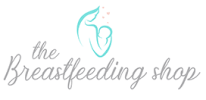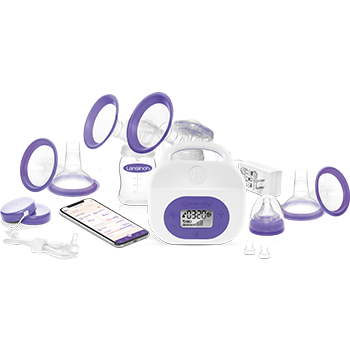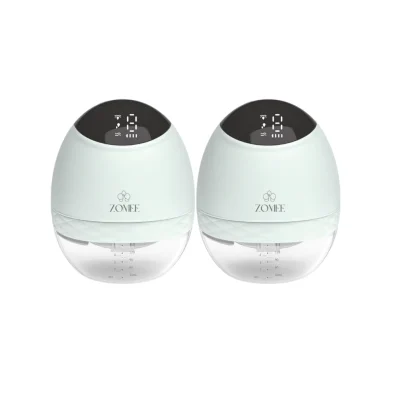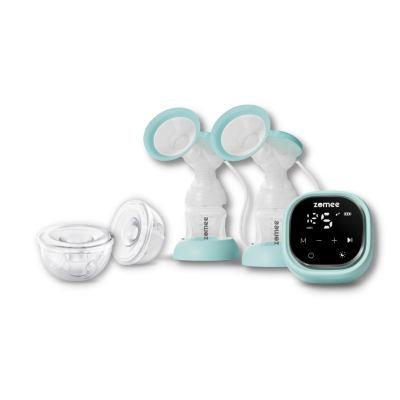Breast Pumps
Products Filter
Product categories
Product brand
Product Insurances
Product categories
Product brand
Product Insurances
Finding The Breast Pump That’s Right For You
The Breastfeeding Shop offers the very best breast pumps through insurance. Click here to check your insurance eligibility.
We want to provide you with the best product for your lifestyle. Whether you’re pumping once or sitting through multiple pumping sessions a day, we surely have a pump model that will help you maximize comfort and efficiency when collecting your milk supply.
Choosing the right breast pump can be overwhelming, but we’ve hand-curated our selection to include something for everyone. We carry all types of pumps, including high-powered pumps for quick sessions when you’re out on the go, quiet hands-free breast pumps that are perfect for discreet breast pumping, wearable breast pumps for multi-tasking, and closed-system pumps that are safe and easy to clean. We also carry a variety of electric pumps, and manual breast pumps, so, no matter what, you can get the device that’s right for you and your individual needs.
Some of the top-rated brands we carry include Lansinoh, Momcozy, Zomee, Elvie, Spectra, Ameda, Ardo, BabyBuddha, EvenFlo, Freemie, Medela, Motif, Spectra, and Willow.
We work with insurance companies every day, so we can ensure a simple order and delivery process. We’ll contact your insurance company and find out what breast pumps and what equipment—which may include breast milk storage bags or other accessories—and is covered at not cost, then we’ll finalize the order and ship it right to your door.
You can be confident that you are getting the best equipment available while shopping with us. Our dedicated team knows the ins and outs of all different types of breast pumps, so if you need help, we are here to offer help and suggestions.
Types of Breast Pumps
There are four main types of breast pumps: electric, battery-operated, manual, and hospital grade. Also, depending on the type of pump you choose, it may be available in different models, like hands-free or wearable.
Electric Breast Pump
Electric breast pumps, available as either a single model (where you can pump one breast at a time) or double electric breast pump (where you can express milk from both breasts simultaneously), are often the most powerful options available and typically need to be plugged into a wall outlet. Still, even though they require electricity to work, electric pumps are often compact enough to fit into a small tote bag, making them easily transportable. These pumps are usually designed for one end of a tube to connect the machine and the other to the flange (or breast shield), creating suction to trigger the letdown reflex. Electric breast pumps usually offer various settings to keep pumping sessions comfortable.
Battery-Operated Breast Pump
A battery-operated breast pump is similar to an electric pump, but it’s powered by a battery (often a rechargeable battery) rather than through a wall outlet. Battery-operated breast pumps are often considered portable breast pumps because they’re easy to take and use on-the-go, especially hands-free, which can be used with a pumping bra, and wearable options, which commonly fit in a stretchy bra. These pumps typically offer different suction settings but the trade-off is that these pumps don’t always offer as much suction power as electric models.
Manual Breast Pump
This type of breast pump works by using your hands to manually pump your milk. The breast shield will fit over your nipple and areola and you’ll squeeze the pump to create suction (some models have levers to squeeze while others are one-piece silicone models, like the Haakaa). The suction will trigger your letdown reflex so you begin to express milk that is then collected in an attached container. Manual breast pumps are not as powerful as electric, battery-operated, or hospital-grade breast bumps, but they are typically easy to transport, lightweight, and the least expensive options.
Hospital-Grade Breast Pump
After giving birth, hospitals, NICUs, and healthcare centers usually have breast pumps on hand for patients to use during their stay. These pumps, known as hospital-grade or hospital-strength pumps, have powerful motors and are designed with a closed system that keeps fluids (like breastmilk) from getting into the motor. The closed system makes these pumps safer for multiple users. Not all nursing moms need hospital grade pumps, but there are some cases where a doctor or lactation consultant may suggest these powerful pumps, such as in situations where breastfeeding is difficult for baby or if mom is suffering from mastitis.
How Much Does a Breast Pump Cost Without Insurance?
The typical out-of-pocket cost for a breast pump is usually between $150 – $500 for an electric breast pump, while a manual breast pump could be as little as $15. As such, the out-of-pocket cost of a breast pump can vary based on the type of pump you choose.
Which Breast Pumps are Covered by Insurance?
Whether or not your health insurance provider will cover the cost of a specific breast pump depends on your individual policy. To find out if the pump you’re interested in is covered by your carrier, fill out our insurance eligibility form with your basic health insurance information.



